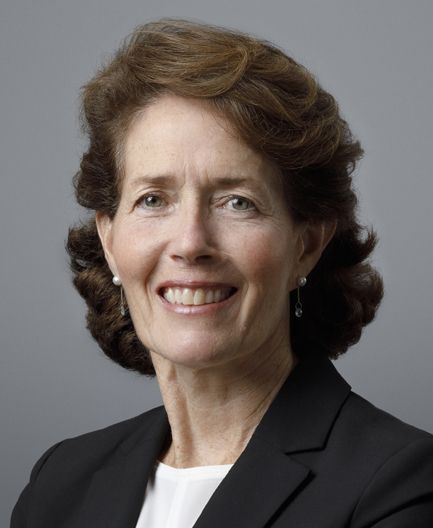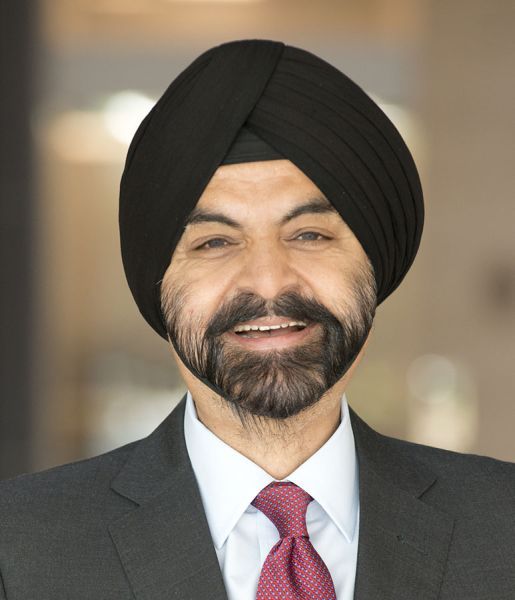
The global economy has had a turbulent year, impacting all asset classes, including digital assets. However, amidst the uncertainty of the macroeconomic outlook, an innovative area of blockchain technology known as “decentralized finance” (DeFi) continues to shine bright.
Conceptualized about two years ago, DeFi embodies a permissionless financial system without the subjective judgment of intermediaries. Its open, rules-based, transparent nature inherently engenders credibility and trust while addressing the wicked problem of navigating unknown risks. The benefits of these attributes were recently stress-tested amidst a series of capitulations across the digital assets industry. This innovation is poised to become a catalyst for change in how financial services serve our society.
Its growth trajectory bears much resemblance to the evolution of mobile phones. Prior to the advent of apps, their primary utility was confined to the most basic forms of communication, namely phone calls and text messages.
However, the introduction of smartphones and apps was a game-changer, akin to a Cambrian explosion—where millions of new applications were born and made available on the app store. Without a central authority gatekeeping this process, the mobile app boom was characterized by collaborative efforts, facilitated by transparent and accessible platforms that allowed for the participation of all developers.
Similarly, by leveraging distributed ledger technology, DeFi enables ecosystem players to innovate and contribute to industry development at an exponential rate.
Decentralized finance will increasingly be embedded within our financial systems, financializing all assets and putting control directly in the hands of their owners.
By tokenizing and financializing assets that were previously not recognized by traditional institutions, DeFi can unlock areas untapped by “traditional finance” (TradFi). Newer concepts such as fungibility—the interchangeability of a property with other assets of the same kind—have showcased their utilities in a variety of transactions, including loan collateralization and margin trading.
The evolution of DeFi has thus led to the proliferation of a whole new class of financial assets outside the realm of TradFi, resulting in a significantly wider range of related financial activities that adds value to existing financial systems. In other words, DeFi will eventually lead to the “financialization of everything,” a term describing DeFi’s ability to ascribe financial rights to a much broader range of assets and activities.
At the moment, DeFi’s adoption varies across geographies, where countries with weaker financial infrastructures and looser regulations are more open to the industry. These markets have greater incentives to improve their financial systems, and DeFi can add value by removing structural constraints within legacy infrastructures and introducing new asset types. In the Philippines for example, the number of bank account holders grew substantially after more people had opened MetaMask digital wallets over the past year.
Meanwhile, developed economies such as Singapore have also recognized DeFi’s great potential. The Monetary Authority of Singapore recently launched a collaboration with the finance industry to further study the application of asset tokenization and DeFi. This is a strong indication of institutional buy-in, which is critical in supporting DeFi’s next phase of growth.
As with all new technologies, DeFi is still in a nascent stage, with its own growing pains. For one, most DeFi interfaces are not user-friendly, and it is hard to explain the technology to a layperson, especially in disadvantaged communities who have been excluded from the legacy financial system.
To overcome these barriers, DeFi needs an intermediate layer that allows users to navigate its applications seamlessly, similar to how we use a mobile app. The next wave of innovation in the space will therefore focus on user experience, which will be key to driving mass adoption. Bearing in mind the recent hacks in the space, it would also be vital to rebuild investor confidence by way of risk management and transparency. At the moment, very few players in the market can fulfill both the user-centricity and governance requirements, as this would entail them making complex products convenient, safe, and easy to use.
However, as the technology matures, DeFi will increasingly be embedded within our financial systems, financializing all assets and putting control directly in the hands of their owners. While we can’t say for sure exactly how DeFi will take shape, it certainly has the potential to become the force that champions financial inclusion for all and ushers in a far more equitable world.













